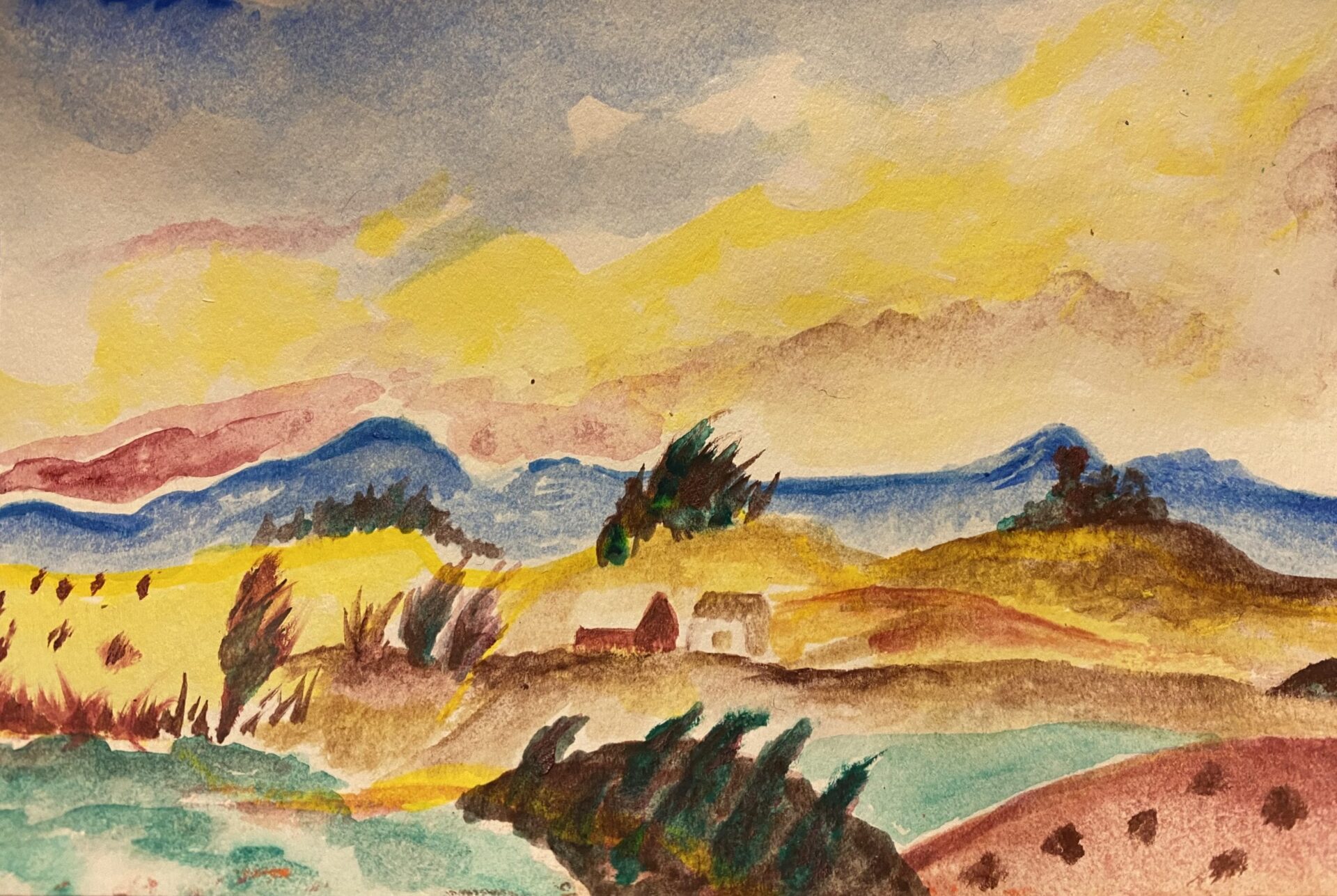by Patrick McNerthney
When we look at artists like Luciano Pavarotti, Bob Dylan, or even a musical ensemble like Celtic Woman, one thing rings true: They’re wildly rich and powerful, and subsequently to be feared.
Actually, that’s not accurate – while these artists likely benefit from financial success, it doesn’t mean they aren’t nice, reasonable people. However, let it be known that if I was an operatic Italian tenor, folk rock hero or part of an all-female, Irish, new age/pop group, I’d be a total, wealthy terror. Luckily for the world I’m not, because I sing like squeaky brakes and can barely mange “Twinkle, Twinkle, Little Star” on the piano.
But Luciano, Bob, and Celtic Woman are all great singers who can undoubtedly allocate their success to hard work, perseverance, practice, and developing their own, unique voice. (Have you ever watched Celtic Woman perform on television? It’s the weirdest, craziest thing you’ve ever seen, including stages built into old castles, emerald-green dresses, crowns…okay, okay, I’ll stop. But the point is, they’re unique!)
 (See? Castles and everything.)
(See? Castles and everything.)
In fact, it’s distinctiveness, idiosyncrasy, and quirkiness that amplifies these artists’ sound and makes them successful in the first place. If they did not honor their own voices – for example, if they copied other artists in an effort to fit in, or decided to be less weird to appeal to more people – we likely wouldn’t even know their names.
This is because people like authenticity. They like to hear it, see it, and live authentically themselves. But sometimes it’s tough and scary to be authentic, to let our voices be heard in the face of judgement. The irony is, the best voice is our own, and when we are brave enough to use it, the world (even if it’s just our small little individual world) listens, responds,and then *boom*, we have connection. And connection makes us feel good.
 (A gateway to feeling good!)
(A gateway to feeling good!)
Thus, authenticity and connection are important to everyone, including your loved ones and those you care for. When they have a chance to broadcast their own unique sound, self-confidence, self-worth, connection and pride follow. The trick is, they need a stage and they need an audience. That’s where Fine Art Miracles comes in.
Fine Art Miracles champions creative expression as a tool for the elderly, children with challenges and people with varying capabilities to both find their voices and develop the courage to use them. Art Therapy, Dance & Movement Therapy and Music Therapy provide underserved populations a platform to express their authenticity, without the constraints of “doing it right” or otherwise following rules to fit in. Suddenly their world is fueled with a demonstration of their individuality, resulting in feelings of relevance, mastery and the assurance that they still matter. What a great thing! Who doesn’t need that?
Plus, everyone gets to see some pretty cool art in action!
If you have any questions about the process or would like to know how to get started, please reach out! In the meantime, I’m going to look on YouTube for some beginner piano instruction. I have a song in my head I think my family would enjoy…but they’ll probably make me promise not to sing.

